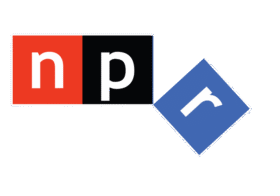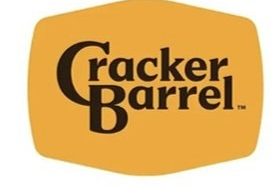The stock market’s outlook has been mostly cloudy for media and marketing companies for some time. While you can check the trades or your favorite business app for this week’s Q2 reports from the radio companies, one major player in radio sellers’ digital business flew under the radar: The Trade Desk.
The Trade Desk (TTD) is the company that powers many of the digital campaigns sold by broadcasters. Their demand-side platform is behind the scenes at broadcasters and their white label agencies to deliver advertising creative to the right user on the right media platform.
Founded during the Great Recession, The Trade Desk has grown into a $25 billion juggernaut. Its market cap is two-thirds more than the combined market cap of all publicly traded TV and radio broadcasters. TTD CEO Jeff Green has been a consistent advocate for the “open internet,” in contrast to walled-off marketing gardens like Meta and Google, which don’t openly share data or collaborate with outside platforms.
 It’s this “open internet” that makes it possible for a radio account executive in Nebraska to create a campaign for her local client that ultimately reaches users on Roku, Spotify, Yahoo!, or the Fox News app.
It’s this “open internet” that makes it possible for a radio account executive in Nebraska to create a campaign for her local client that ultimately reaches users on Roku, Spotify, Yahoo!, or the Fox News app.
But even The Trade Desk has hit turbulence on Wall Street. Despite reporting a 19% increase in Q2 revenue, the company’s stock fell 40% last week. Why? Investors are concerned that The Trade Desk is struggling to keep pace with two even bigger forces in the digital ecosystem: Amazon and AI.
First, Amazon. Opening its OTT floodgates with programmatic ads on Prime Video has driven down wholesale OTT prices while helping Amazon grow ad revenue 23% in Q2. Advertisers who buy directly through Amazon bypass The Trade Desk entirely.
Second, AI. The feared “AI traffic apocalypse” could reduce the volume of ad impressions available on the open internet. If users get their news and info directly from Gemini or ChatGPT, they’re not visiting ad-supported websites that rely on open-internet inventory.
Ironically, what’s bad for The Trade Desk could be good for broadcasters. Amazon’s expansion into programmatic ad inventory has lowered OTT prices and slashed overhead. While The Trade Desk’s sales fees run 12–15%, Amazon’s are just 1%, making it significantly cheaper for our clients and advertisers to reach audiences.
And when overall inventory shrinks, prices can rise. 2026 is looking to be the “programmatic midterms,” with targeted digital ads being the lingua franca of political marketers. This creates a lucrative window for broadcasters who can keep traffic flowing to their sites and streams.
The Trade Desk isn’t going anywhere, and its health matters to broadcasters. A strong TTD keeps the open internet competitive and sustains a robust marketplace for programmatic campaigns that reach far beyond a local station’s footprint. But broadcasters can’t rely on any one platform to secure their digital future.
By cultivating engaged local audiences and building first-party data, broadcasters increase the value of their inventory to every demand-side platform—The Trade Desk included. In a year of political spending and market volatility, those who combine strong local strategy with a healthy, diverse programmatic ecosystem will be the ones turning headwinds into tailwinds.

AI Headlines from around the web
Perplexity Offers Google $35 for Chrome The $18 biliion AI company made a run for Google’s browser as Google faces anti-trust allegations. Some viewed the bid as a stunt.
Rumor: Apple Revamping AI Strategy Bloomberg reports that the new Ai exosystem could include scurity cameras and robots controlled by Siri.
Originally published by Jacobs Media








